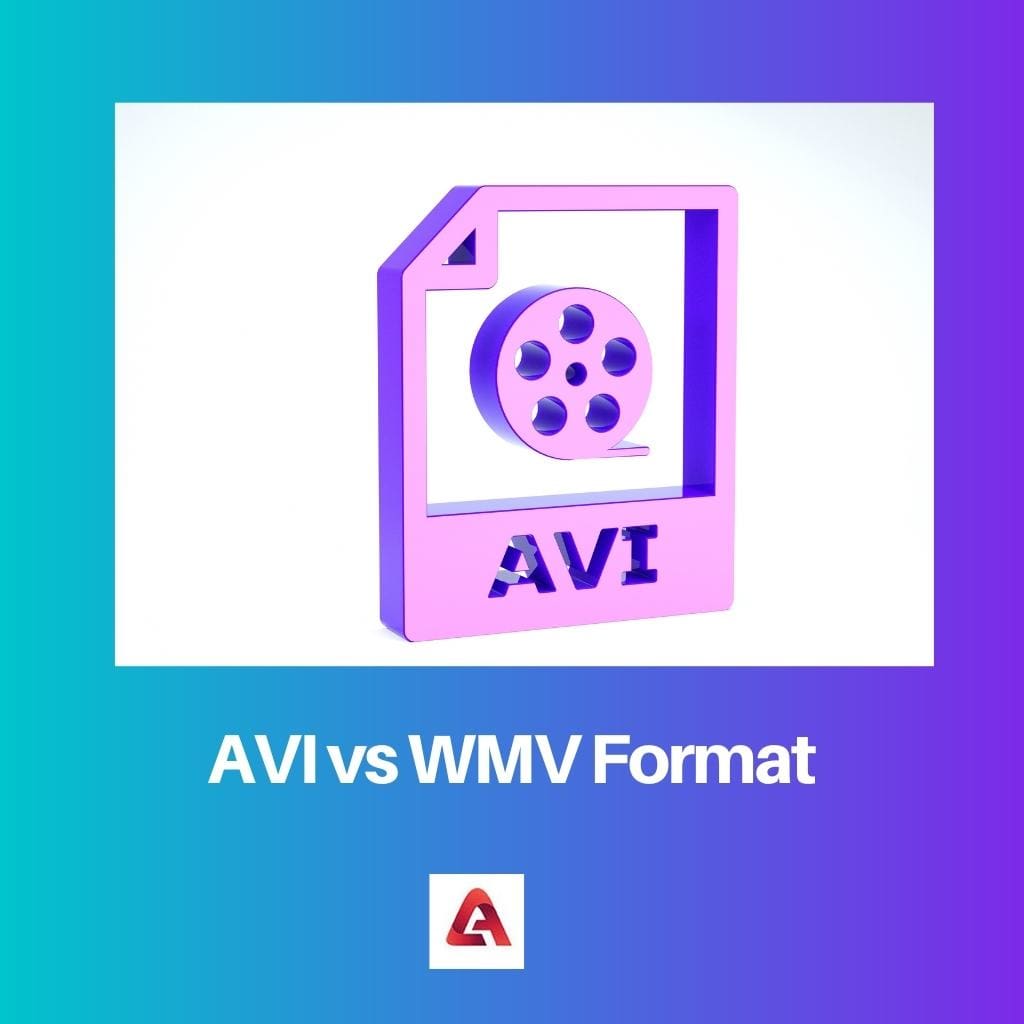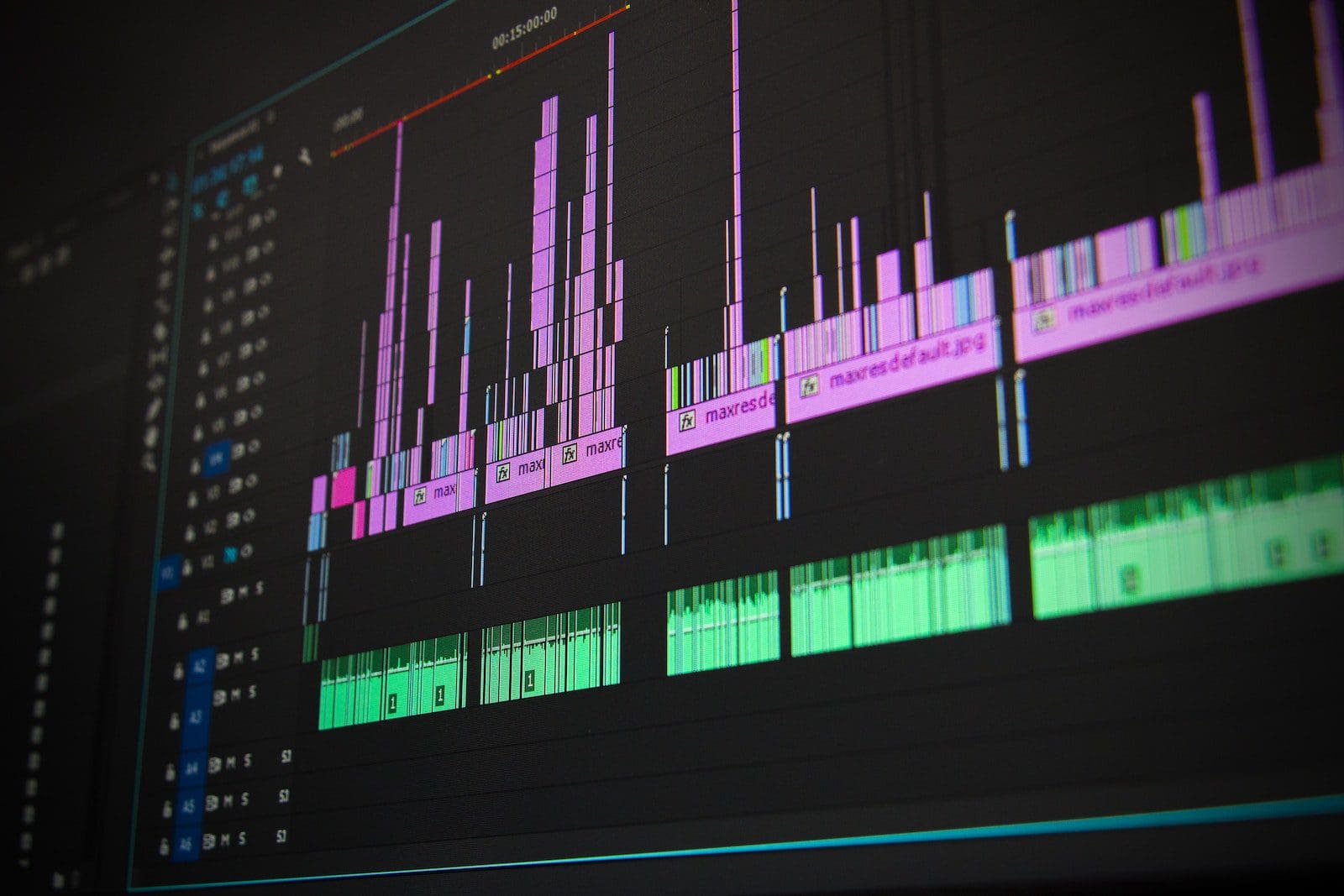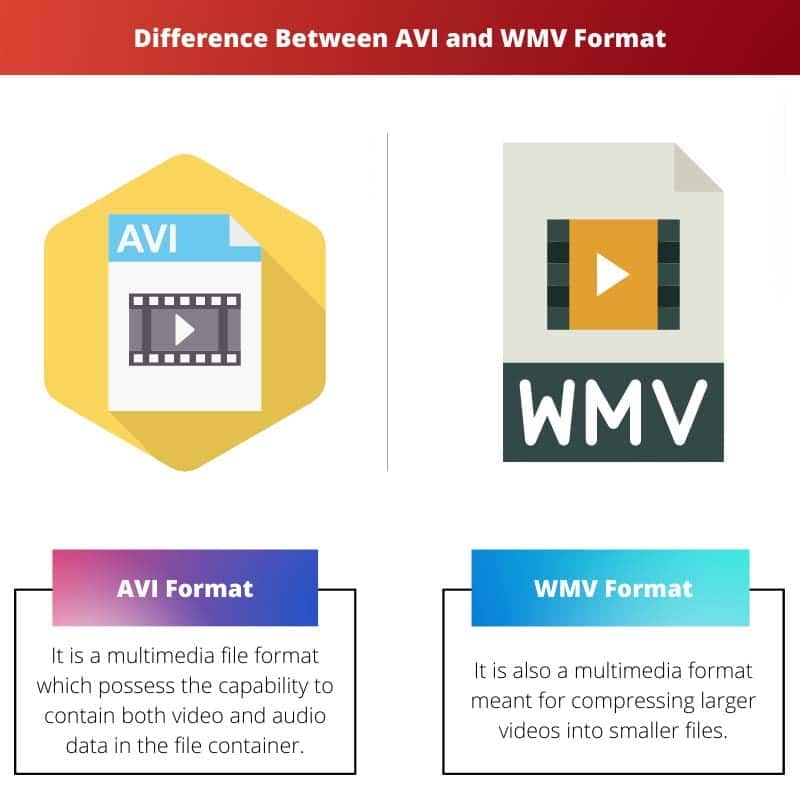The introduction of the internet paved the way for a boom in the communication field which revolutionised the world. People were able to send and receive messages at a very quick pace.
Moreover, people found many new methods for sending information in different formats, which helped the receiver understand the information easily.
One such method for conveying information was through multimedia (i.e., in the form of video).
Since video contains audio and visual information in a combined format, people can easily understand the data meant to be conveyed.
Video represented an extraordinary way of conveying information to the mass. The community’s problem was sending the video in large quantities without compromising quality.
Different formats were introduced to solve the issue. Among the various formats, avi and WMV are the most popular video formats.
AVI, which stands for audio-video interleave, is one of the most popular formats for sending a visual file. WMV stands for Windows media video format.
This was popular due to its capability to compress larger videos into smaller-size files.
Key Takeaways
- AVI is a multimedia container format that stores video and audio data in a single file, while WMV is a video compression format that reduces file size without compromising quality.
- AVI is compatible with various media players, while WMV is mainly used on Windows devices.
- AVI supports multiple video and audio codecs, while WMV uses Windows Media Video codec.
AVI vs WMV Format
AVI and WMV differ because the AVI format has separate video and audio containers. This helped the user playback video and audio in a synchronized manner. At the same time, the WMV format was created to compel larger video files to a smaller size for efficient streaming in online mode.

Unlike AVI, which allows its users to edit videos, WMV format is not preferred, while a video would undergo an editing process. The difficulty in editing in WMV arises from the fact that WMV is a closed source.
Comparison Table
| Parameter of Comparison | AVI format | WMV format |
|---|---|---|
| Stands for | Audio Video Interleave | Windows Media Video |
| Definition | It is a multimedia file format containing video and audio data in the file container. | It is also a multimedia format for compressing larger videos into smaller files. |
| Uses | For a synchronized playback of the audio and video file. | Converting larger files into smaller ones for efficient online streaming. |
| Introduced by | Microsoft. | Microsoft. |
| Advantage | Widely accepted video format in all devices. | Easier for online streaming due to its small size. |
| Source | Open Source. | Close Source. |
| Disadvantage | Video quality gets hampered when compressed beyond a certain limit. | Not supported by all media players. |
What is AVI?
AVI is a multimedia format created for digitally storing and sending audio and video files, which can be play-backed in the most currently available platforms.
Microsoft created the AVI format in 1992 to produce a better and more powerful file for its operating system, i.e., windows.
It contains a container for audio and video files, which helps synchronise the playback of video and audio files more credibly.
Though this format was built for Windows OS, its flexibility in operation gained popularity on all platforms. Even portable media players support the .avi format.
AVI file has two main parts, the header part and blocks of information called a chunk. All the details, such as frame rate, width, file size, etc., would be in the header section.
The header section is recognized by ‘hdrl’ tag. The rest of the information (audio and visual) carries the ‘. movi’ tag.
The data contained in the ‘. movi’ chunk can be decoded/encoded by various available codecs, making AVI formats the most desired. Since AVI is an open-sourced one, people could easily edit works.

What is WMV Format?
WMV format is yet another multimedia format for videos created by Microsoft for streaming larger videos effectively online. WMV format gained popularity due to its capability to compress larger video files into smaller ones.
This enabled better streaming of videos due to the small file size.
But the Windows Media Player codec can only be used to encode and decode the WMV video. Since the WMV format is not open-sourced, WMV format is not preferred for editing purposes.
Since WMV can compress video efficiently, this format was used for sharing videos on the internet.
But WMV videos cannot be played on all platforms as they can only be encoded/decoded in a few specific codecs.
Thus, it became unpopular for editing. The WMV format was developed as a competitor for RealVideo’s video format.
VLC and Windows Media Player are video players supporting the WMV format.

Main Differences Between AVI and WMV Format
- AVI format is widely popular for its ease of editing videos, whereas WMV format earned its name for the high compressibility of videos without affecting the quality.
- AVI format helps in the synchronized playback of audio and video files efficiently, whereas WMV format aids in the efficient streaming of videos online due to its small size.
- Though Microsoft created AVI and WMV, AVI is open-sourced, whereas WMV is a proprietary standard, meaning that the WMV format is supported only by a few codecs.
- AVI file size tends to be very large when compared to a WMV file.
- Higher compression in AVI format affects the video quality to a certain extent, whereas the quality does not get affected in WMV format.
- WMV does not possess the advantage of being played on all platforms due to its inflexibility in the codec. The reason is WMV format is a closed-source one.
- Quality editing is one of the greatest advantages of the AVI format. As far as WMV format is concerned, quality compression is its main advantage.




